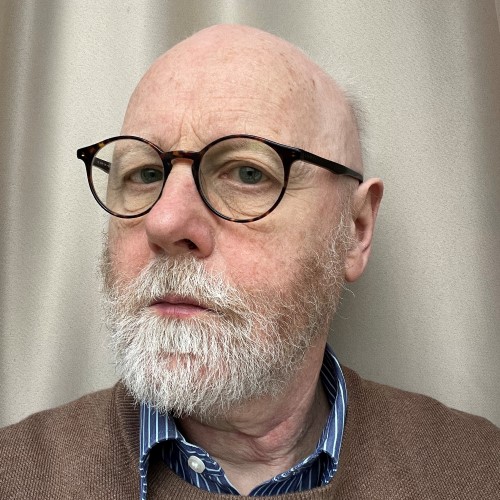About This Webinar
Since they first appeared in the 1990s, photonic crystal fibers (PCFs), thin strands of glass with an intricate array of hollow channels running along their length, have ushered in a new era of linear and nonlinear fiber optics. As well as permitting unprecedented control over dispersion and birefringence, they offer guidance in both solid glass and hollow cores.
Curiosity-driven research into light-matter interactions in PCF has inspired many potential applications, as seen in the following four examples. First, through pressure-adjustable dispersion, gas-filled hollow-core PCF provides an elegant means of compressing pulses to single-cycle durations, as well as underpinning a range of unique sources of tunable deep and vacuum UV light. Second, chiral PCF is circularly and topologically birefringent, supporting optical vortices and in some cases strong circular dichroism. Third, microparticles optically levitated inside hollow-core PCFs can be used to sense physical quantities with high spatial resolution. Finally, strong optomechanical effects in solid-core PCFs permit stable timing-modulated high harmonic mode-locking at few-GHz repetition rates. After a brief introduction, Philip Russell shares several recent developments in the field of PCFs.
Who should attend:
R&D scientists, engineers, designers, and manufacturers who are interested in gaining a deeper understanding of photonic crystal fibers and their applications. Those who work with PCFs or fiber optics in applications such as communications, lasers, linear and nonlinear devices, gas sensors, and more.
About the presenter:
 Philip Russell is an emeritus founding director at the Max Planck Institute for the Science of Light (MPL) in Erlangen, Germany. He obtained his doctor of philosophy degree in 1979 at the University of Oxford and since then has worked at universities and research laboratories in France, Germany, the U.S., and the United Kingdom. His interests focus on curiosity-driven research into light-matter interactions in photonic crystal fibers, often leading to novel applications and the formation of spin-out companies. He is a fellow of the Royal Society and Optica (formerly The Optical Society, OSA) and has won a number of awards for his work, including the 2000 OSA Joseph Fraunhofer Award/Robert M. Burley Prize, the 2005 Thomas Young Prize of the Institute of Physics (London), the 2005 Körber Prize for European Science, the 2013 EPS Prize for Research into the Science of Light, the 2014 Berthold Leibinger Zukunftspreis, the 2015 IEEE Photonics Award, and the 2018 Rank Prize for Optoelectronics. He was OSA's President in 2015, the International Year of Light.
Philip Russell is an emeritus founding director at the Max Planck Institute for the Science of Light (MPL) in Erlangen, Germany. He obtained his doctor of philosophy degree in 1979 at the University of Oxford and since then has worked at universities and research laboratories in France, Germany, the U.S., and the United Kingdom. His interests focus on curiosity-driven research into light-matter interactions in photonic crystal fibers, often leading to novel applications and the formation of spin-out companies. He is a fellow of the Royal Society and Optica (formerly The Optical Society, OSA) and has won a number of awards for his work, including the 2000 OSA Joseph Fraunhofer Award/Robert M. Burley Prize, the 2005 Thomas Young Prize of the Institute of Physics (London), the 2005 Körber Prize for European Science, the 2013 EPS Prize for Research into the Science of Light, the 2014 Berthold Leibinger Zukunftspreis, the 2015 IEEE Photonics Award, and the 2018 Rank Prize for Optoelectronics. He was OSA's President in 2015, the International Year of Light.